Rugby Australia board finally finds a voice and shows some backbone
The ‘freedom fighters’ who targeted the downfall of Raelene Castle, and the board, made one mistake too many.
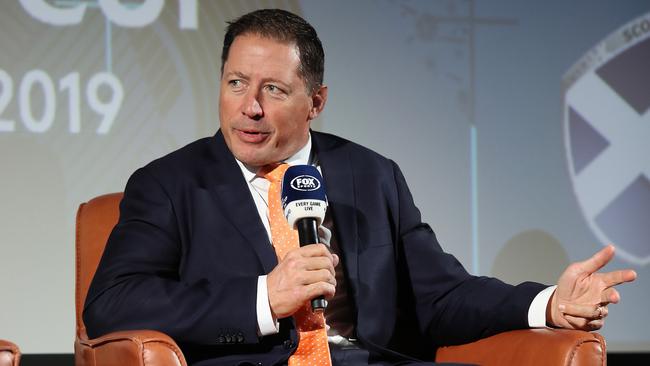
But even someone as iron-willed as Otto von Bismarck would surely have conceded that politics is also the art of making things impossible for those trying to govern.
Rugby Australia is awash with politics. The organisation is drowning in it. It is one of the things that Rob Penney, a Kiwi, has most strongly noted about the sport in this country since coming to Australia to coach the Waratahs. “I’m not a political person,” Penney told me from his home in Christchurch, where he is sitting out the COVID-19 lockdown with his family. “But I just find it a shame that there is such a depth of rugby intellect in Australia and it just keeps ripping each other apart. Wouldn’t it be awesome if all of that ability was all pulling in the same direction?”
Awesome. And utterly unlikely. Virtually nothing that has happened in Australian rugby over the past six or seven weeks has happened by chance. The letter of protest from the 10 Wallabies captains, the “impromptu” meeting of RA director Peter Wiggs with Australian skippers Nick Farr-Jones and Phil Kearns, the temporary (though very fleeting) elevation of Wiggs to the chairman’s role … all part of a co-ordinated plan. How do we know that? A little deductive reasoning based on Farr-Jones’ comments in the piece by Jessica Halloran in The Australian on Thursday. Buried away in the midst of Farr-Jones’ reasonable and measured comments was this line, referring to Wiggs’s remarks while in the chair at the RA board meeting on Monday night. In effectively his first address, Wiggs stated his demands: close friend Matt Carroll, CEO of the Australian Olympic Committee, to immediately be made chief executive and a place on the board for Carroll’s old boss, John O’Neill.
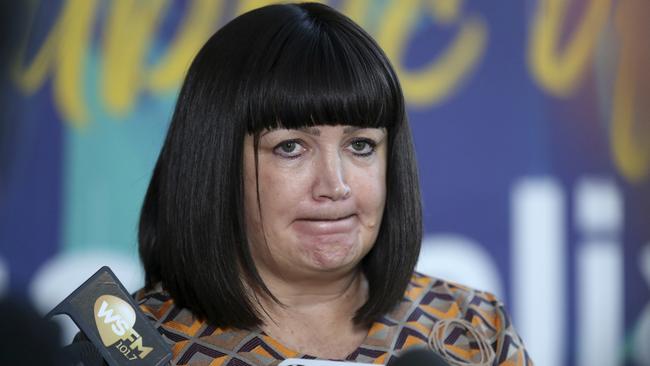
“This is not a criticism of Peter, but he went off-piste, and that was disappointing. I thought we had a process,” Farr-Jones was quoted as saying. “I thought we had a process ...”
So there was, in fact, a “process” which, in the manner of some people’s “freedom fighter’ being another man’s “guerrilla”, may be interpreted as “a coup”.
It was the fourth significant slip-up by those plotting the downfall of former CEO Raelene Castle and the RA board. The first was in telegraphing the likelihood of Sydney University mentor David Mortimer, 74, coming onto the board as likely chairman. That story was certainly doing the rounds as early as mid-February and it gave Mortimer’s rivals time to manoeuvre against him, citing his age as a problem given the number of World Rugby meetings he would have to attend in Dublin.
The second was allowing Kearns to sign the captains’ protest letter. Given that a not-unexpected outcome was that Castle might have been forced out one way or the other, the smart move would have been to keep Kearns completely out of the process. That way he would have remained blameless, bearing no part in her downfall. Sadly — because he still has much to offer as a potential CEO — his name has now scarcely been mentioned as her potential permanent successor, a job for which he had seemed a certainty just a month ago.
The third was having the 10 dissident captains recommend, as their core suggestion to improve Rugby Australia, the formation of a board of 13. So, let’s get this straight … the solution to all of rugby’s troubles that are created by the RA board is to set up an even bigger board. Really?
And now, the fourth mistake … here was Wiggs going for a run very much outside the designated slope. Telegraphing his management team was way too confronting for the board that, as it happens, was meeting by Zoom to avoid any social-distancing issues. And as far as they were concerned, Wiggs, as chairman, could not be relied on to keep enough governance distance between himself and his designated CEO, Carroll.
It all got messy from there, what with threats of resignation, actual resignation, leaked emails and the weaponising of a $7m currency hedging “debt” which hadn’t actually crystallised at this point.
All of the “freedom fighters” involved in this “process” were, wholly and solely, from NSW, Sydney to be precise.
And just to emphasise the widening divide in Australian rugby, all of the states, bar one, were signatories to a communique expressing support for the job that the RA board, under acting chairman Paul McLean, was doing. Someone was clearly out of step and as far as NSWRU chairman Roger Davis was concerned, it was the rest of Australia.
For months now, it has been all but impossible for Australian rugby and Rugby Australia to act, so paralysed has it been because of the politics. In a way, it was hardly surprising that the “freedom fighters” felt so emboldened as to lay their plans out in full sight, even if that wasn’t approved in the “process”. What could the RA board possibly do to stop them?
Well, as it turns out, the board showed the backbone its critics have long despaired of ever seeing.
Except that when they finally did show it, it stopped the “freedom fighters” in their tracks. It’s not a perfect solution, by any means, but it may be a workable one.
RA now has an interim CEO in Rob Clarke, although Carroll continues to have significant support for the permanent position, and it is soon also to have an interim chair, if all the speculation around REA boss Hamish McLennan pans out.
After all of this, the silent majority of Australian rugby finally found its voice.
It has “had it”, in spades, with all the politicking. It has had it with rugby being torn apart by glorified “dick-swinging” competitions, its once proud position in the Australian sporting firmament now reduced to court jester.
Most of all it is fed up that RA has never been allowed to govern. If Monday night’s meeting is any indicator, there may actually be some spine in this RA board, after all.

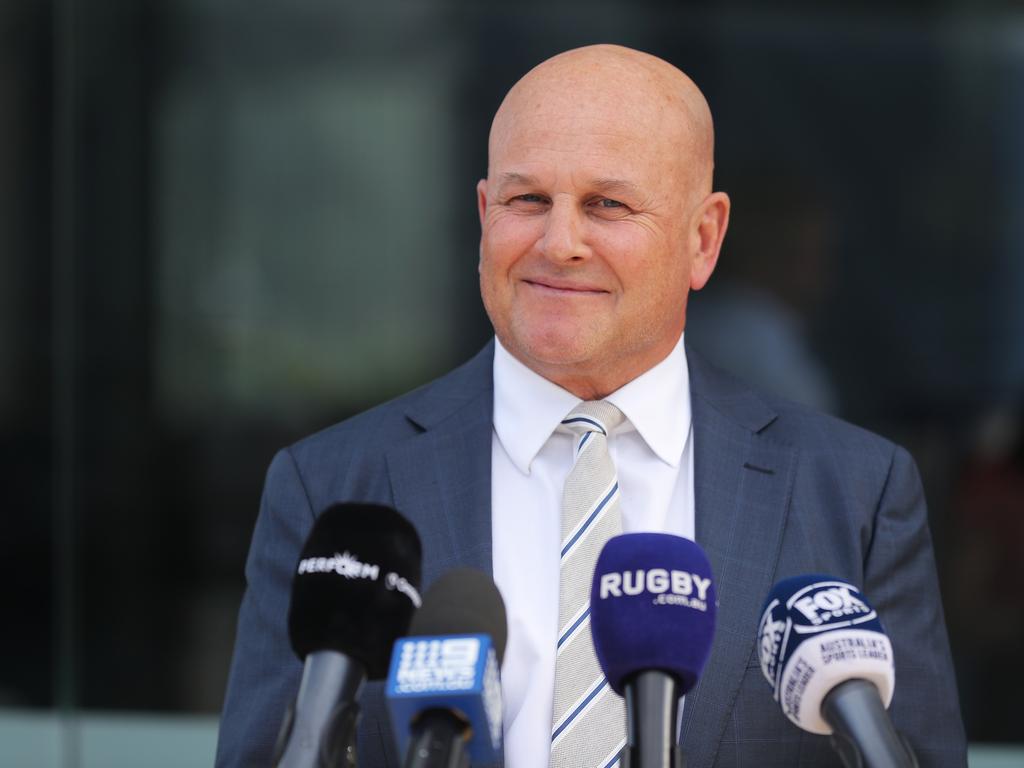
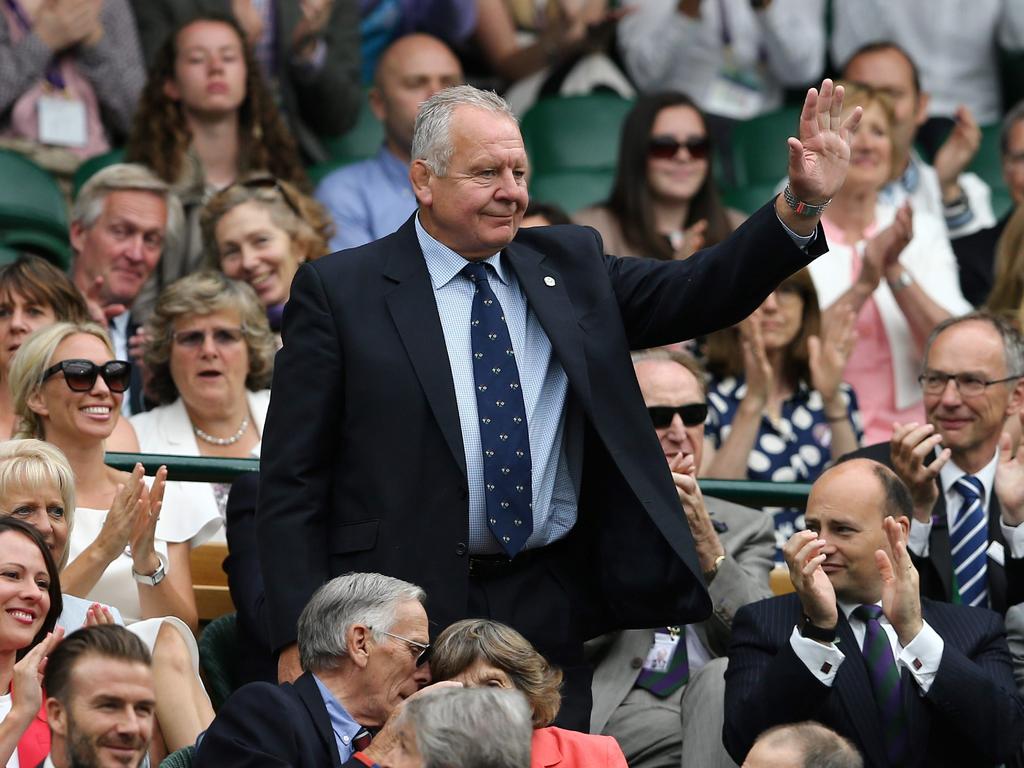
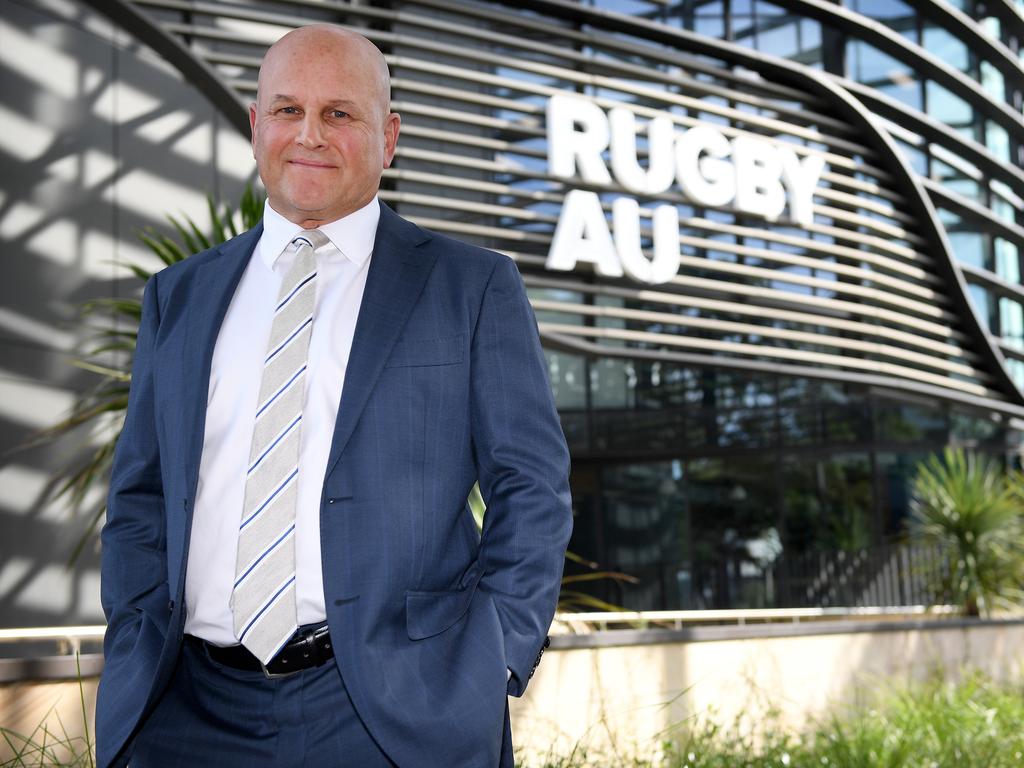
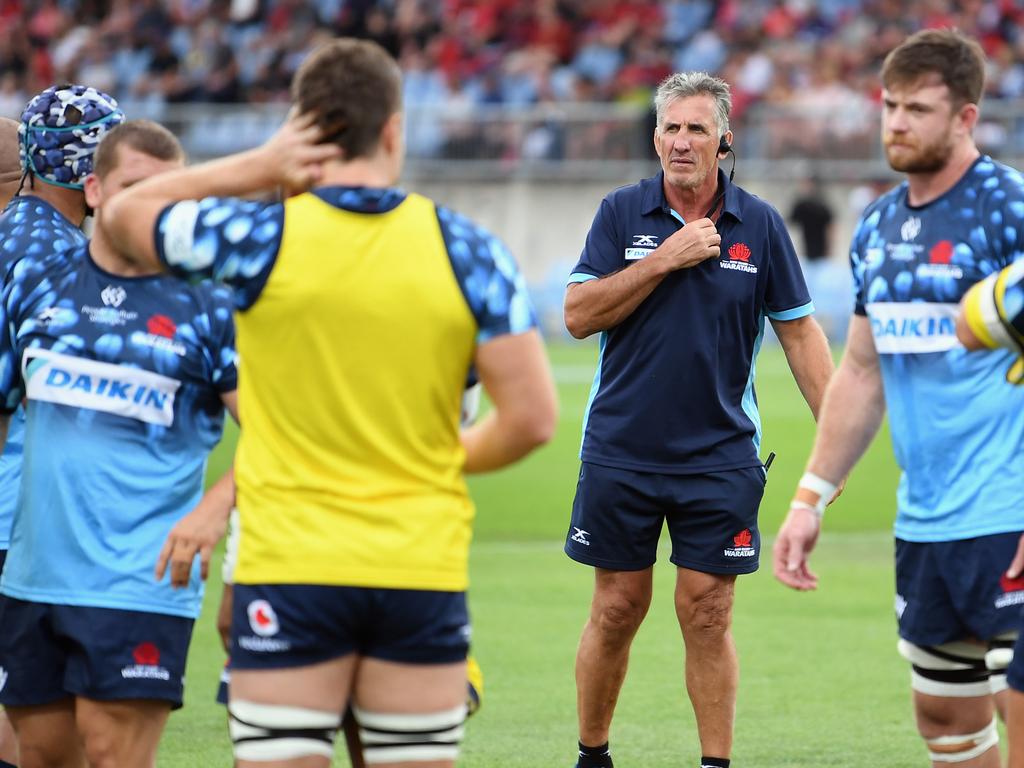
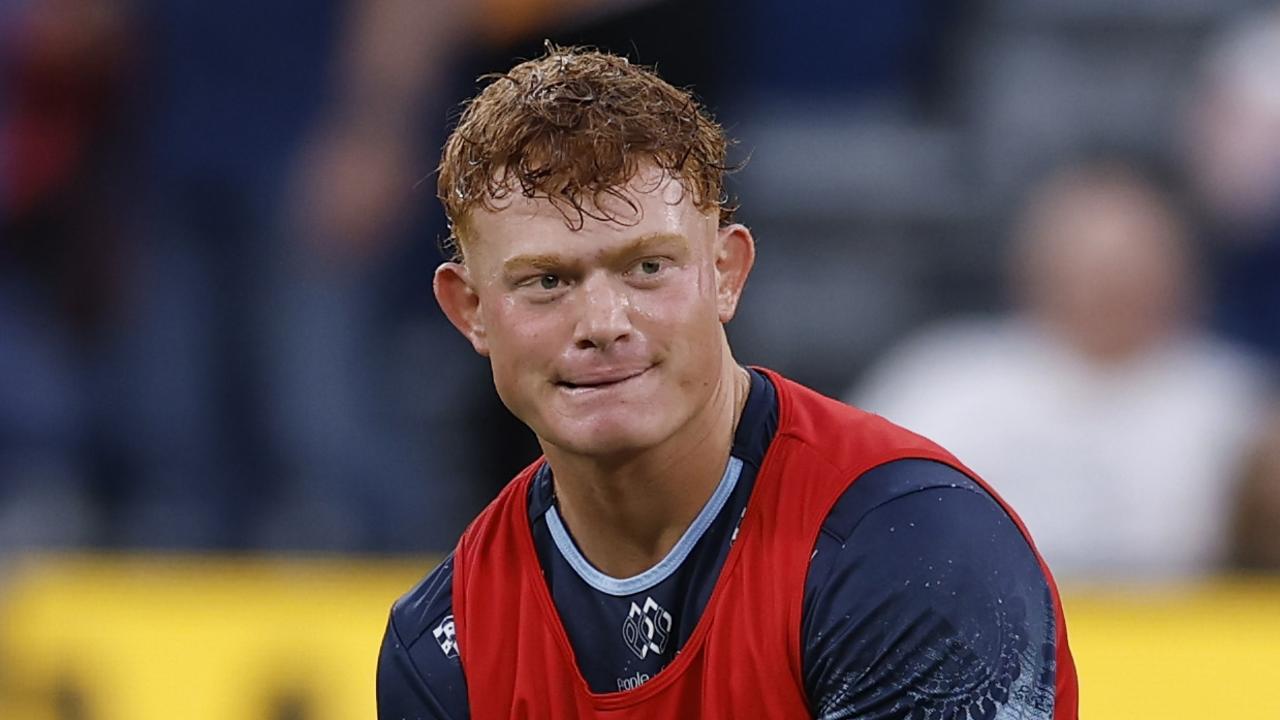
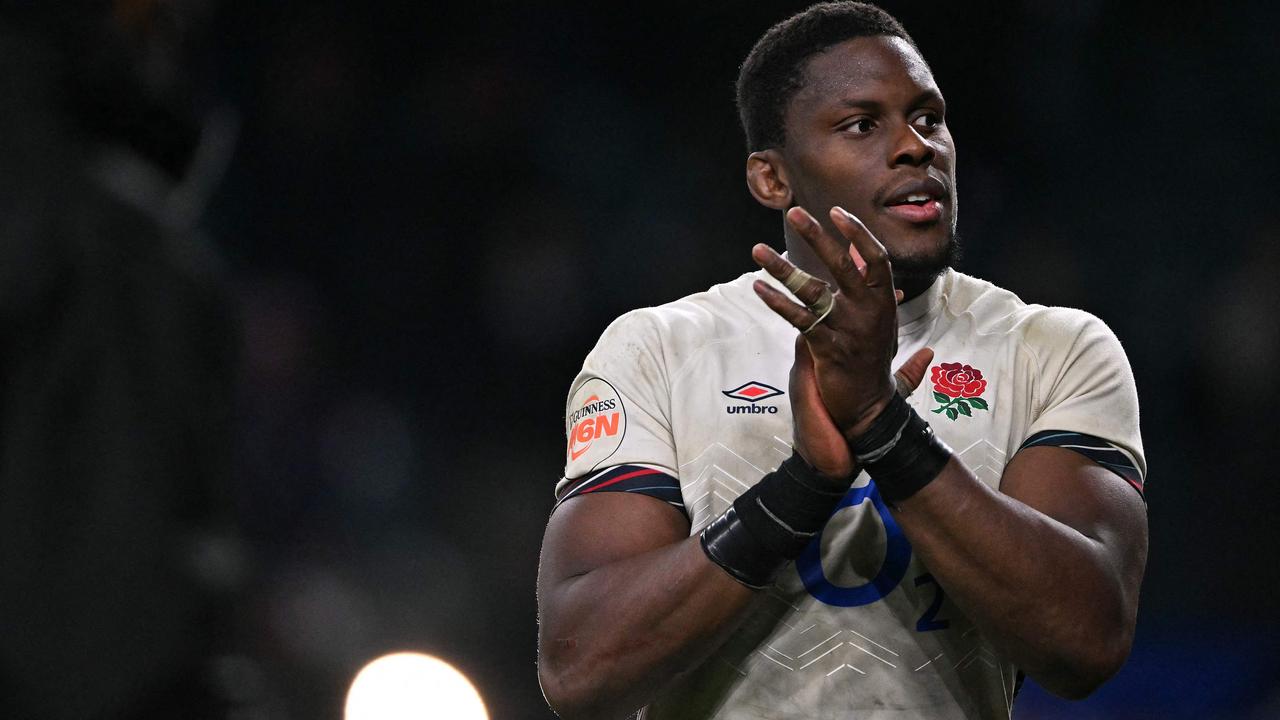
It was the man who unified Germany — with all the ramifications that flowed from that — who came up with the line that “politics is the art of the possible”.